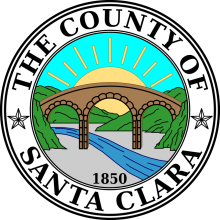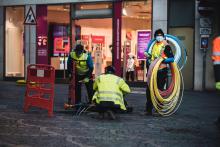Santa Clara County Moves Toward Municipal Fiber Network
Driven by Covid frustration and a boom in available grant money, Santa Clara County, California officials say they’re moving forward with their plans to explore a municipal broadband network, with the formal next steps expected to be announced at the tail end of this year.
Last December, the board of supervisors in Santa Clara unanimously approved the creation of a publicly-owned fiber municipal broadband network. Spearheaded by County Supervisors Cindy Chavez and Susan Ellenberg, the project aims to provide “affordable, reliable high speed broadband service” to communities across Santa Clara County.
Santa Clara county contracted CTC Technology and Energy to examine various construction and funding proposals and develop a project master plan. County officials tell ILSR that the next report on that effort isn’t expected until November or December of this year, but the county is working on building a bridge toward a publicly-owned option in the interim.
Hidden In Plain Sight
According to the California State Association of Counties (CSAC), 70,000 Santa Clara residents have no access to broadband whatsoever. Another 73,000 currently qualify as underserved, meaning they remain stuck on dial up or antiquated DSL incapable of meeting the FCC’s minimum threshold of 25 Megabit per second (Mbps) downstream/3 Mbps upstream to even be considered “broadband.”
“The pandemic has exposed the digital inequity that has been hidden in plain sight in the heart of Silicon Valley for two decades now,” Santa Clara County Supervisor Cindy Chavez told ILSR.



